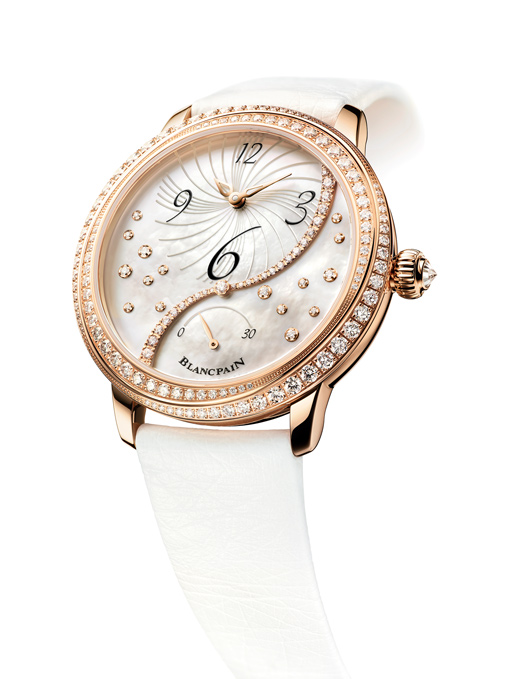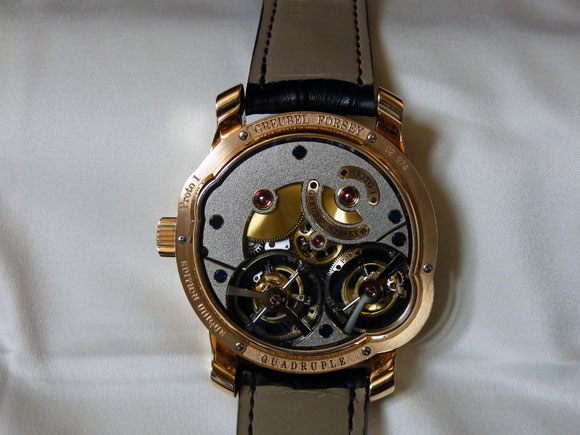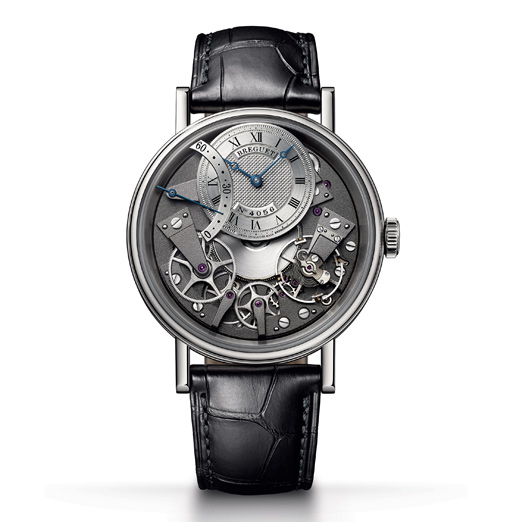In Serge Gainsbourg’s song Le Poinçonneur des Lilas, a Paris Metro ticket-puncher spends a lifetime making small holes. Watchmakers also make small holes and it’s not such a stupid job. Graining and shot-peening are techniques that create particular grainy matt surfaces. Shot-peening consists of blasting the piece with tiny metal spheres. The high-velocity projectiles leave their mark on the brass of watch components or on the steel or gold of a case. The number and density of these micro craters, like those on the moon or on a beach, make them look uniform. But they must be just right; too many and the intensity of the bombardment will damage the part. Shot-peening must therefore be used in moderation. It gives a matt result that stifles the light, contrary to most surface finishes that generally tend to heighten the brilliance of the piece.

The second approach, graining, is a far more complex matter. It involves subjecting a horological component to real torture. It goes under an abrasive brush of curved bristles made in hard metal. They also leave holes that are more visible, being wider and deeper. The art of graining is to spread them as uniformly as possible both in depth and in spacing. This needs an exact and frugal application, especially as in graining, unlike certain types of polishing, mistakes are irretrievable. This technique is so demanding that only a handful of brands use it, Greubel Forsey most of all, since their models are all extensively grained with this finish that they prefer to call frosting.

Another brand that peppers its parts with impacts is Breguet, especially in its Tradition collection. The term used by the brand is sand-blasting. Breguet then galvanises the part with a coating of blackened metal, which enhances the matt effect.
By keeping graining alive, brands maintain the watchmaking traditions of the 18th and 19th centuries. In those days, however, the tools were rather primitive and certainly not automated. It was rare to polish movements, especially those with large surfaces like plates. Perfect uniformity is hard to attain and it demands delicate and meticulous work. Peening a surface by hammering, on the other hand, produces a more certain result, even though it’s still hard work. Indeed it’s such hard work that by whatever method, graining has become rare and reserved to the more sophisticated decorative performances.








